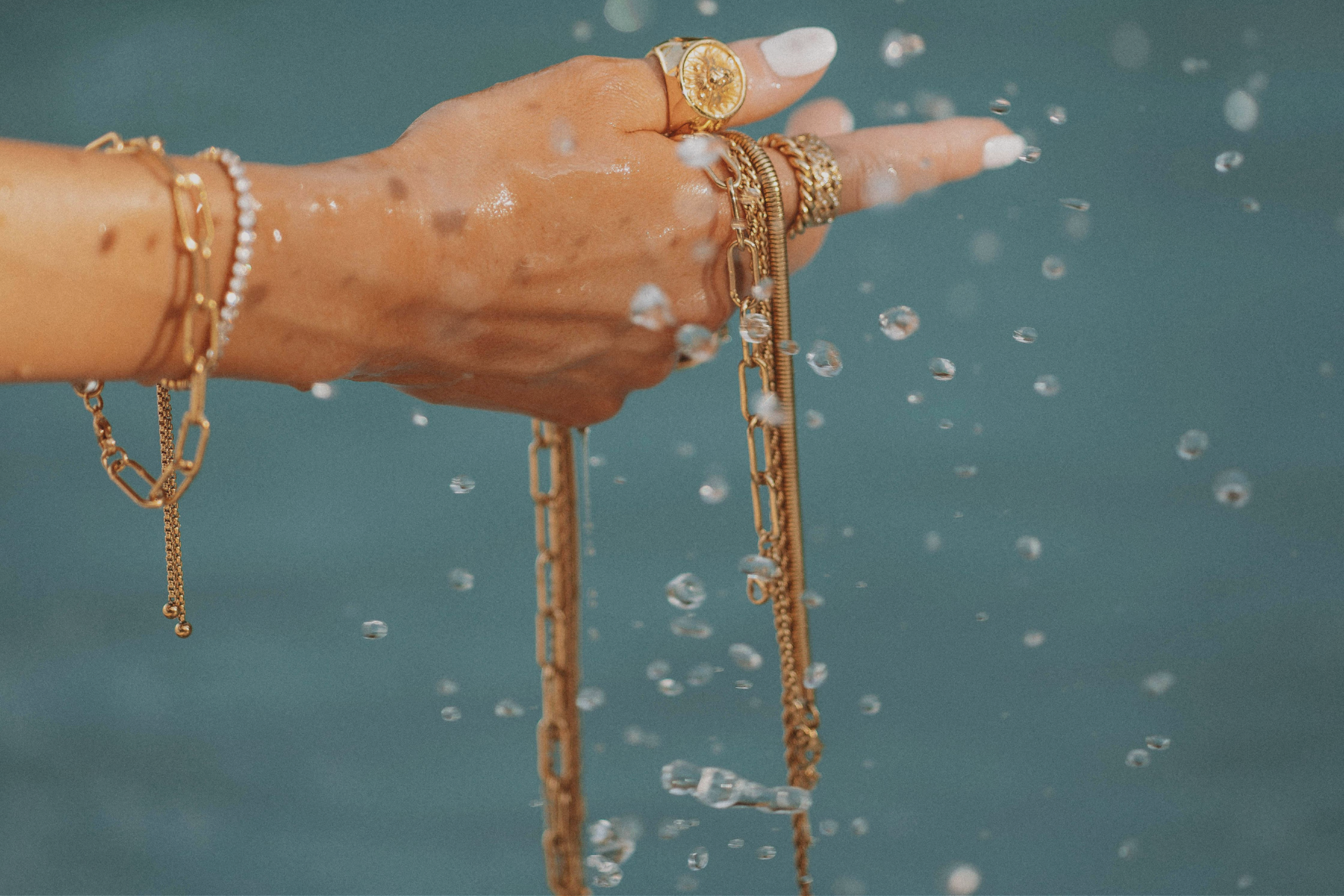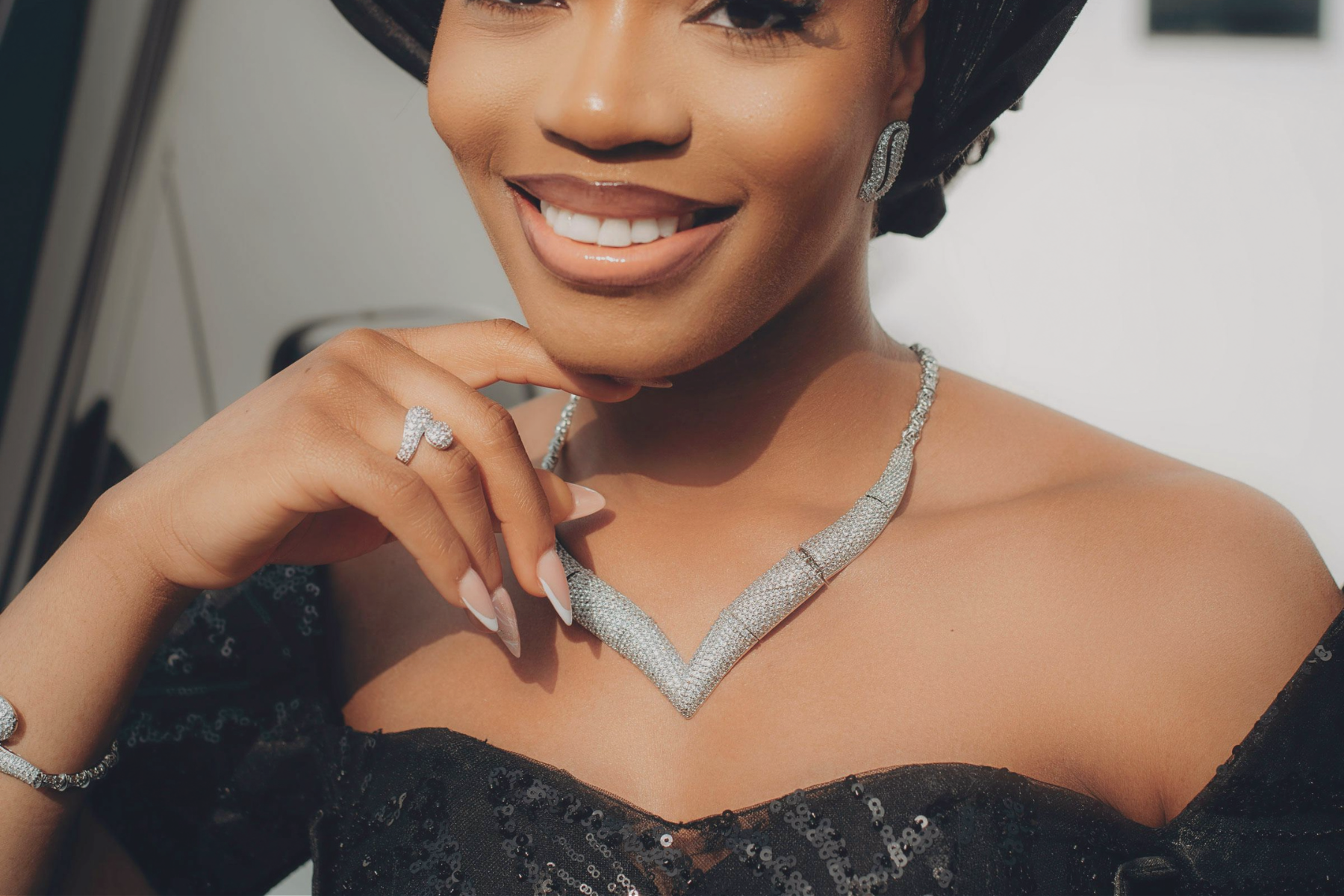
14K vs 18K Gold: Which One Should You Choose?
Is 18K better than 14K? What’s the real difference between 18K and 14K gold? We get these questions all the time.
So let’s go ahead and settle the issue.
Gold is the most popular metal used for jewelry. But it’s also the most ductile and malleable. Since it’s very soft, the alloy has to be added so it can be turned into something more durable. But as to how much alloy is put into each piece, it’s hard to tell.
Thankfully, jewelers were able to devise a way to categorize gold according to its alloy content.
This is where 18K gold and 14K gold comes into play.
“K” stands for Karat. It refers to the percentage of gold present in a specific piece. One Karat is 1/24 part or 4.1667 percent of the purity of gold. Thus, a 24K gold necklace, for example, means it’s made of pure gold.
What's the Difference Between 14K and 18K Gold?
Gold Percentage
18K and 14K gold are among the most popular selections in precious metals. The main difference between them is the gold percentage. 18K gold means it’s made of 75% gold and 25% alloyed metals whereas 14K gold is made of 58% gold. These alloyed metals can include silver, copper, nickel, and palladium. You will also notice the color difference between 14K and 18K gold. Jewelry made of 18K gold has a rich yellow color while those made of 14K have a lighter tone due to the alloys added.
Durability

As 14K gold jewelry has more alloy content, they tend to be harder and more durable. Because of its strength, 14K is commonly used in detailed rings, such as engagement rings. For example, having a strong metal for prongs will ensure that the diamond stays in place. For vintage pieces, 18K gold is more desirable. That’s because this metal scratches in a way that ensures a patina (oxidation of metals that give the jewelry a rustic flair).
Lifestyle

Is 18K gold better than 14K gold? Not really. You see, your choice will depend on so many factors, including your lifestyle. Exhibiting strength and resilience, jewelry that features 14K gold makes a fine choice for people who have an active lifestyle or those who work with their hands. It’s also ideal for everyday use. If you only like wearing fine jewelry on special occasions or important events, delicate pieces made of 18-Karat gold are a good investment. While they are more fragile, these pieces are undeniably stunning.
What’s Better for Your Skin Tone and Sensitivity? 14K or 18K
Gold?

Gold metals come in different colors, such as yellow, white, and rose gold. White and yellow gold is mixed with other metals to make them sturdy. White gold is deliberately mixed with metals that give them whitish color, such as nickel. On the other hand, creating yellow gold involves preserving the natural color of the metal as much as possible. The difference between 14K and 18K yellow gold is so subtle in terms of appearance. Both make stunning jewelry pieces. Choosing metals according to colors is more about personal preferences or what people think looks best on them. However, yellow gold seems to perfectly match warm skin tones. They also pair nicely with earthy gems and stones colored in brown, orange, yellow, and turquoise. White gold looks great with cooler skin tones and vibrant stones like pink, red, and blue. So if you hesitate whether to buy a red ruby ring made of gold, surely go ahead.
Again, choose the piece that makes you smile. Colors shouldn’t be something you should fuss about. After all, who doesn’t love variety in their collection? In terms of skin sensitivity, if you are prone to allergies, it’s better to choose gold pieces with higher Karats. Note that the lower the Karat, the more alloyed metal content the jewelry has. Nickel, in particular, is a type of alloy that usually causes skin allergies. If you’re buying a 14K gold, go with yellow or rose gold as they don’t usually contain nickel.
Value
Since 14K contains less gold than 18K, it’s also more affordable. But many other things affect the price of the jewelry. For example, if you are buying an engagement ring and you choose a bigger round diamond with a 14K gold band, expect to pay more for it than an 18K version with a smaller stone.
18K Gold: Advantages and Disadvantages
Since 18K has a higher amount of gold, it offers a richer, more vibrant color. That makes it so delicate and exquisitely stunning. If you’re after jewelry with the truest color of gold, go for 18K. Another advantage of 18K gold is they are less likely to trigger skin conditions such as allergy. However, its major drawback is durability. It isn’t a good option for people who like wearing their precious metals daily or during physical activity.
14K Gold: Advantages and Disadvantages
14K offers a great mix of purity and durability. Thus, it’s something you can use daily. It’s also an excellent option for detailed pieces, including gorgeous engagement rings where you need a strong band to hold the diamond in place. 14K is used for about 90% of engagement rings. It’s beautiful, durable, and more affordable. 14K gold is an ideal option for eternity rings as well. White gold eternity rings are something you'll surely be impressed and want to get.
Which is Better? 14K or 18K

18K and 14K gold are beautifully distinct. You can’t say one is better than the other because they have unique qualities that make them suitable for certain lifestyles.
Which Type of Gold Should You Choose?
Again, it depends on your personal preference. If you have an active lifestyle, you’re better off with 14K gold. However, if you’re concerned about durability and favor purity more, go for 18K. You should also pay attention to other factors such as color, vibrancy, and skin sensitivity when choosing the type of gold to buy.


